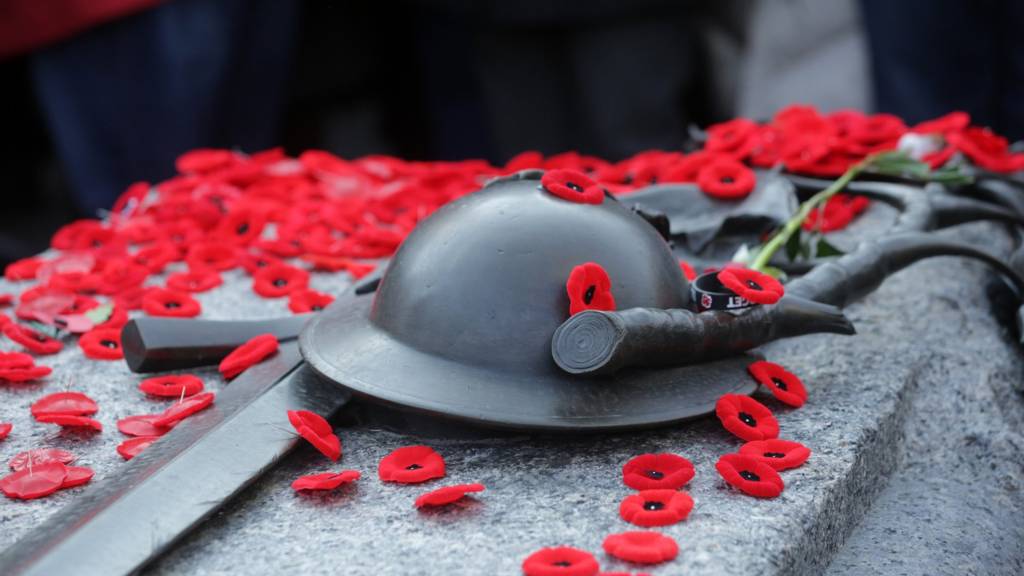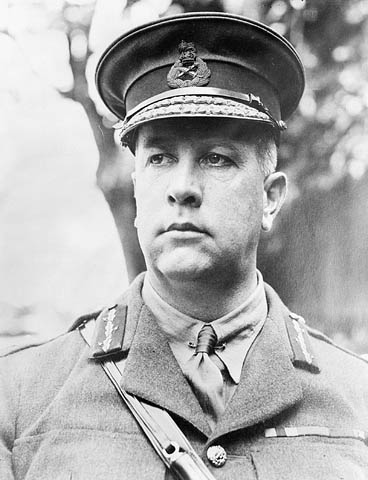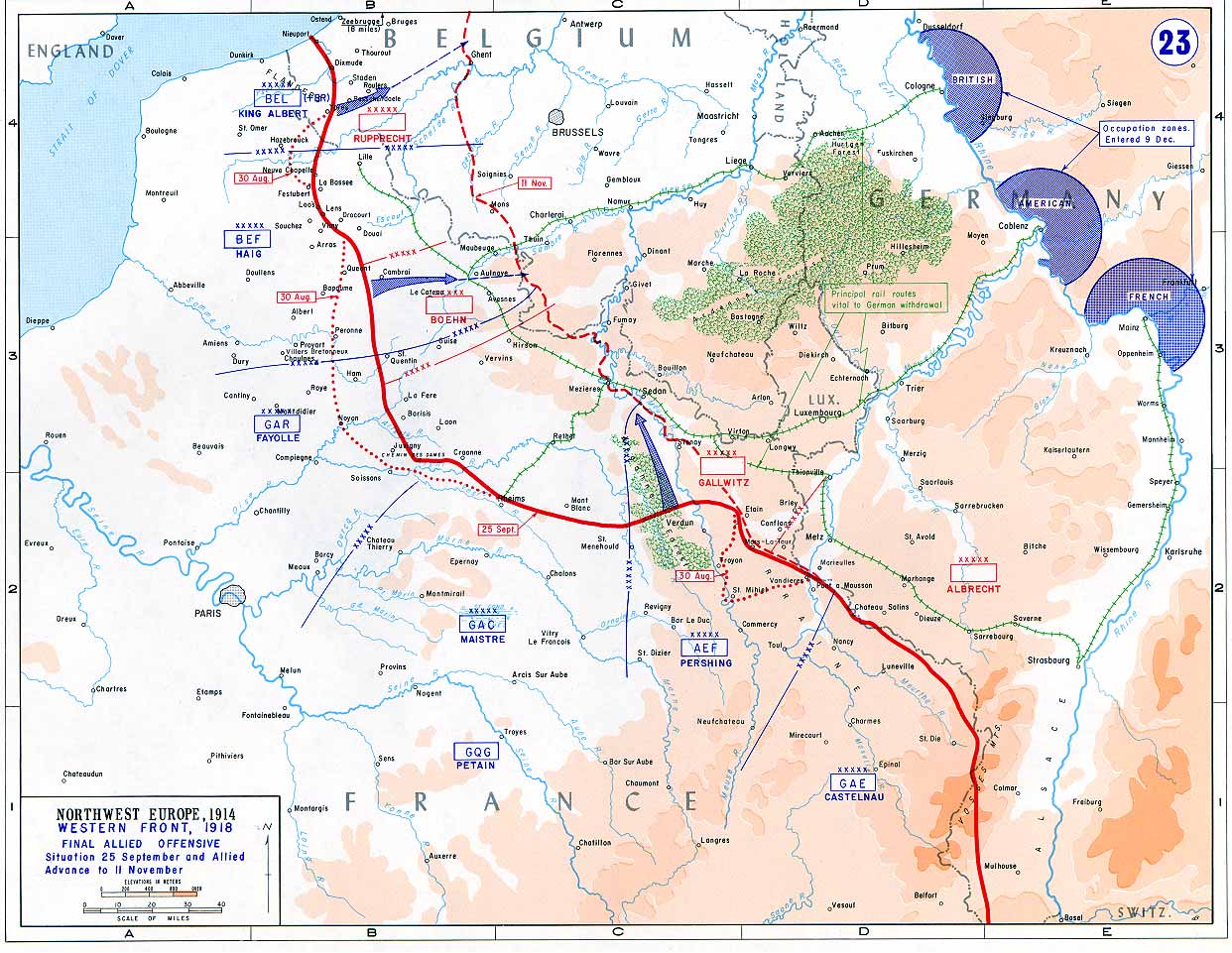
Canadian WW1 Helmet and Remembrance Poppies
Canada's Role in The War
Growing up outside Canada, I learned much about the First World War. The Assassination of Franz Ferdinand, Germany’s aggression, Russia’s inept military, the October Revolution, the dominant static trench warfare that utterly destroyed France and Belgium, the arrival of American troops and finally the Treaty of Versailles and its underlying guarantee of another war. Canada and its army was never on that list. It was never stressed, and only to be discussed in passing as a footnote in an otherwise massive and world changing course of events.
Since I moved to Canada, every Remembrance Day, I heard about Canada’s sacrifice and attributed it to a sense of patriotism rather than a reality. Spending time at the Royal Canadian Military Institute forced me to reevaluate Canada’s role in the war. What I found was truly eye opening.
The Hundred Days Offensive
While the Canadians were an effective fighting force throughout the war, their abilities truly came to the test with the Hundred Day’s Offensive. The Hundred Days Offensive was a series of attacks launched by the Allied forces on the Western Front from the 8th of August until the 11th of November 1918. The Canadian forces were at the forefront of the attacks which culminated in Germany’s signing of the armistice.
The General

Sir Arthur Currie in Military Attire
The Commander of the Canadian Corp during the Hundred Days Offensive was Sir Arthur Currie. He was an effective commander who paid particular attention to planning and the ‘set piece’ action. The term set-piece attack, referred to a carefully planned and closely timed attack under the cover of an intense rolling artillery barrage. Currie’s tactics demonstrated not only his understanding of adaptive warfare but also his desire to not waste human lives in needless and archaic frontal assaults.
The Battles
Under Currie’s command, the Canadians established themselves as an elite assault unit. They achieved a string of victories that included Hill 70, Passchendaele, Amiens, Arras, and the Canal du Nord. In fact, Field Marshal Douglas Haig, commander of the British Expeditionary Force, which encompassed the Canadian Corp, remarked that the Allies could not lose with the Canadian Corp fresh. The Canadians had become the elite shock troops of the Allied forces, used to pave the way.

Allied movement during the Hundred Days Offensive
At Amiens, using complete secrecy, the Canadian forces drove a wedge 20 km deep into German territory in three days. All that in a war dominated by static frontlines for four years. General Ludendorff declared the day a black day for the German Army. At Arras, the Canadians engaged in a vicious battle with the Germans again and successfully broke through the Hindenburg line, Germany’s main line of defense. The Canadians were also instrumental in taking Cambrai and ending the war.
The Numbers
In 1914, at the outbreak of the war, Canada was a nation of 8 million people. Of those 8 million, 650,000 men and women served in the armed forces in some capacity. 66,000 died while 172,000 were wounded. These are enormously high numbers for a country with a population of only 8 million. Even just looking at the numbers one gets a sense of the enormous responsibility and undertaking the Canadian forces had embarked on.
Aftermath
Canada’s involvement in the First World War was a massive part of its nation building. It was no longer a colony of the British, but an independent nation, capable of standing by its self. This was acknowledged as Canada signed the Versailles treaty separately.

Signing of the Treaty of Versailles
No longer should Canada take a side role in an analysis or discussion of the war. The emphasis has always been placed on the superpowers, at the cost of Canada. As historians, we should focus on all the aspects of the war, not just the biggest ones. Canada was instrumental in ending the war and achieving victory and this needs to be acknowledged.
Recently, I began to truly understand why, on the 11th of November, we state, ‘Lest We Forget,’ and the weight behind the words.
By: Hammad Junejo
Citations
Brown, Ian M. "Not Glamorous, But Effective: The Canadian Corps and the Set-Piece Attack, 1917-1918." The Journal of Military History 58, no. 3 (1994): 421-44.
"Canada's Hundred Days." Veterans Affairs Canada. Accessed December 04, 2018. http://www.veterans.gc.ca/eng/remembrance/history/first-world-war/canada....
"First World War (1914 – 1918)." Veterans Affairs Canada. Accessed December 04, 2018. http://www.veterans.gc.ca/eng/remembrance/history/first-world-war.
"Generals - Sir Arthur Currie." Canada and the First World War. Accessed December 04, 2018. https://www.warmuseum.ca/firstworldwar/history/people/generals/sir-arthu...
